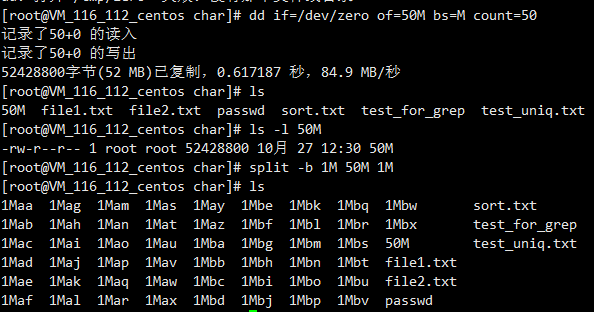本文主要是介绍XSL Split,希望对大家解决编程问题提供一定的参考价值,需要的开发者们随着小编来一起学习吧!
<?xml version="1.0" encoding="gb2312"?>
<xsl:stylesheet version="1.0" xmlns:xsl="http://www.w3.org/1999/XSL/Transform">
<xsl:output omit-xml-declaration="yes" encoding="gb2312" indent="yes" method="xml"/>
<xsl:template match="/">
<select id ="test1">
<xsl:call-template name="split">
<xsl:with-param name="strng" select="//string"/>
<xsl:with-param name="p">,</xsl:with-param>
</xsl:call-template>
</select>
</xsl:template>
<xsl:template name="split">
<xsl:param name="strng"/>
<xsl:param name="p"/>
<option><xsl:value-of select="substring-before($strng,$p)"/></option>
<xsl:choose>
<xsl:when test="contains(substring-after($strng,$p),$p)">
<xsl:call-template name="split">
<xsl:with-param name="strng" select="substring-after($strng,$p)"/>
<xsl:with-param name="p" select="$p"/>
</xsl:call-template>
</xsl:when>
<xsl:otherwise> <option><xsl:value-of select='substring-after($strng,$p)'/> </option></xsl:otherwise>
</xsl:choose>
</xsl:template>
</xsl:stylesheet>
这篇关于XSL Split的文章就介绍到这儿,希望我们推荐的文章对编程师们有所帮助!





